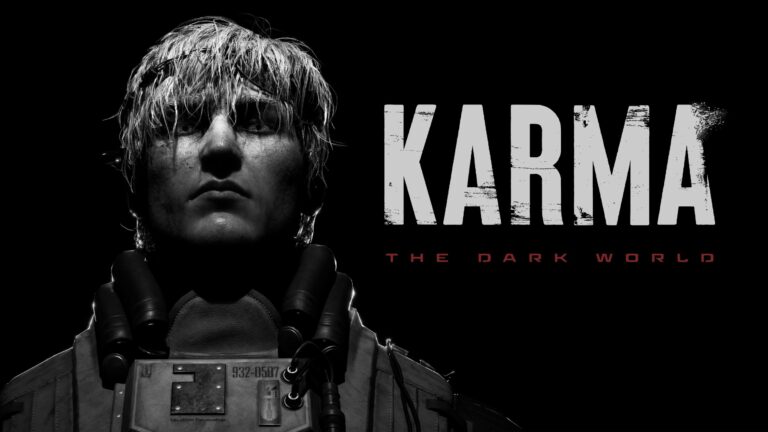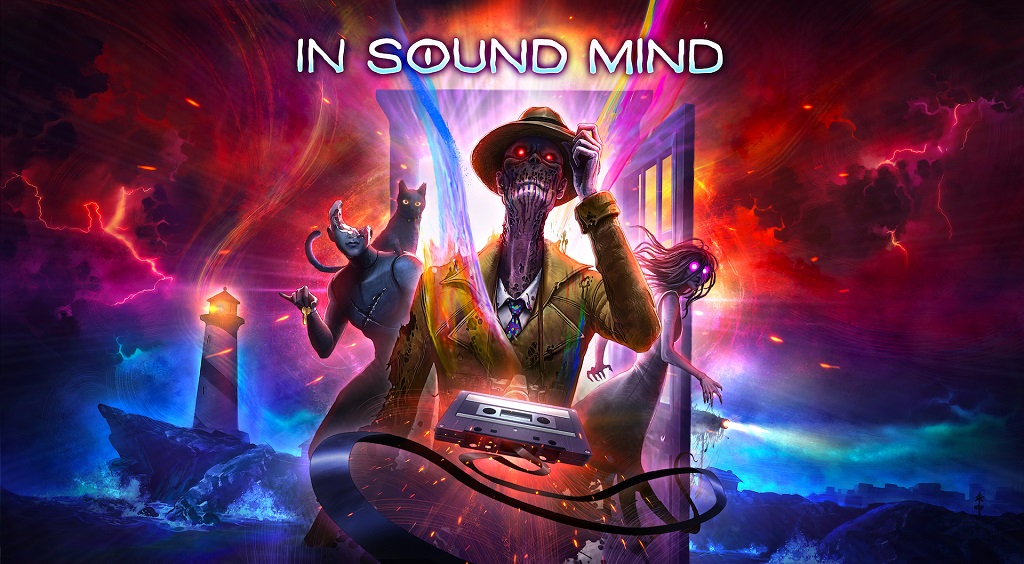
We Create Stuff is the name of a small team of developers who have been honing their craft for about ten years making several small games, often created in the Source Engine as what are essentially Half-Life mods. Now they’ve completed their first major release, entitled In Sound Mind, an imaginative first-person psychological horror game. This is a pretty fitting description, although it does come with some caveats.
In Sound Mind is a challenging game to describe in several ways, and one that breaks a lot of horror gaming conventions, some to great effect and some a bit more perplexing.
The story begins with players taking on the role of Desmond, a troubled therapist who takes a journey back into the psyche of his past patients to help solve some of his own psychological issues. Each patient’s mind gets its own world to explore, complete with a variety of puzzles, combat, storylines, enemies, and mysteries to solve. Each world gets Desmond closer to overcoming his own issues.
This is a rather interesting setup for the story of a game, and while not wholly original, the way the game approaches it is well done for the most part. However, the overall tone of the game feels like it’s constantly shifting and turning in different directions.
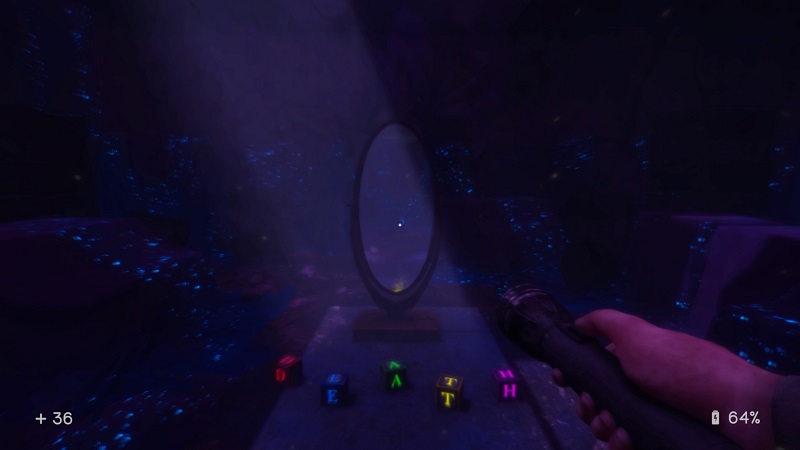
Within the game, there are some very good approaches to mental illnesses and those suffering from them, even though the weird aesthetics and humor can make them lose some of their impact on occasion. A few of them towards the end feel pretty hamfisted, but overall they’re handled pretty well and are imbued with a sense of weight, seriousness, and insight.
Unfortunately, the good aspects of the storytelling in the game that incorporate mental health and the personal stories of the characters eventually start getting mixed in with an overarching governmental conspiracy theory plot that makes the rest of it lose some of its weight. This uneven consistency is a shame since the narrative could’ve been excellent if it had employed a few changes. Having said that, tonal inconsistencies are just the tip of the iceberg as far as shortcomings go with this game.
The developers decided to go with a writing approach that mixes several elements of mental illness, horror, and what they consider “witty” comedy. The resulting mix is something that falls short more often than it succeeds, especially its attempts at humor. They feel out-of-place and jarring every time they come up and tend to break the immersion. The humor never really felt clever or fun, just awkward.
Along with the awkward humor, there’s also an annoying frequency of 1980s and 90s references that also feel forced and awkward whenever they pop up. This has become a pretty common thing in popular media over the last few years, but it feels especially out of place in video games more so than other mediums.
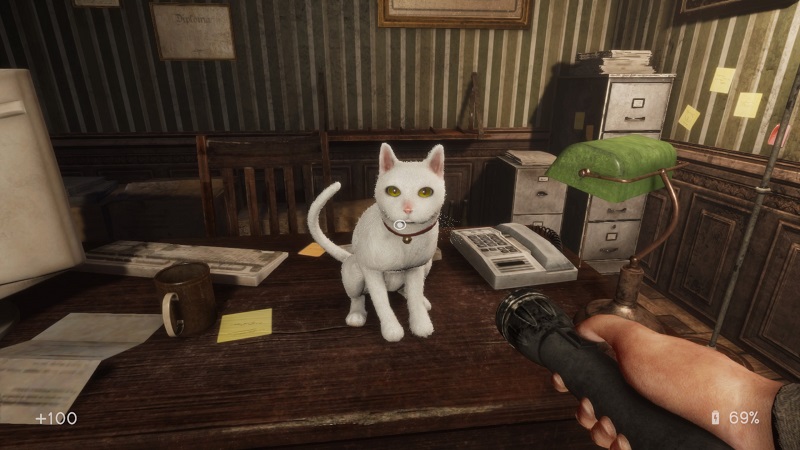
Each of the worlds of Desmond’s patients plays out in a way where their deepest fears and weaknesses manifest as monsters which you must combat and outsmart in order to progress. Each twisted dream world feels very different from the next and typically introduces several new ways to combat your foes. Each one also ends with a pretty satisfying narrative conclusion.
While each world has many “lesser” monsters that will attack the player, they also feature a unique “boss” enemy that stalks you throughout the world and is generally a manifestation of that patient’s worst fear or a warped version of how they negatively see themselves. The design of these bosses is very creative and these enemies are wholly responsible for all of the high-tension scenes in the game.
When confronting common enemies, using your weapons is generally to your best advantage, though the bosses are a different story. While a few of the weapons are just the run-of-the-mill firearms you find in most games, your arsenal quickly starts to diversify itself and weapons start doubling as tools and puzzle-solving items. You’ve never seen these kinds of creative weapons in a game before.
The ingenious way they’re designed and utilized in the game deserves some major kudos. The radio device and the glass shard are particularly inventive, especially the reflection ability of the glass, which allows you to see hidden secrets and upgrade items by holding the weapon up in the air.
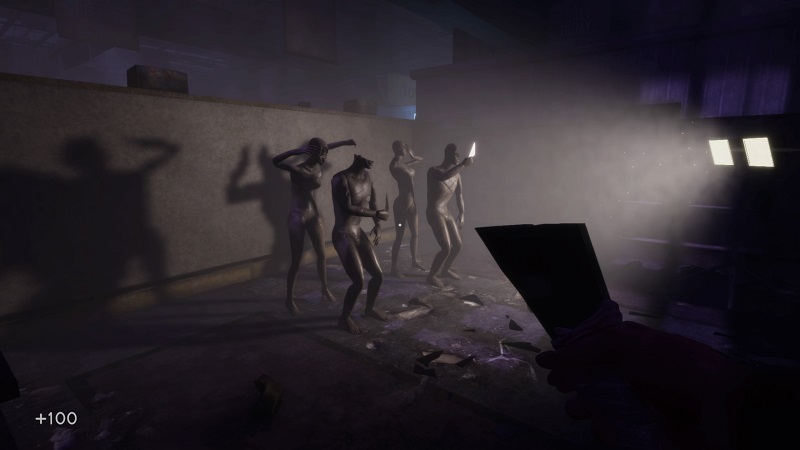
In addition to weapons, stealth is another tool players have at their disposal. This ability can give you a slight advantage against the more common enemies but is especially useful on the bosses, who often cannot be killed with traditional combat and need to be outsmarted by sneaking around and solving some puzzles instead. The stealth mechanics aren’t particularly well done, but I’m glad they’re included since they do add to the flexibility of the combat.
While combat is generally well-handled, it does feel like the game has a lot of shifts between exploration-based sections and fast-paced action sequences, complete with crazy heavy metal or techno music (which we’ll talk about more later). The combat seems to become a focus pretty often, and while it is mostly fun and diverse, it can get a little tiresome, mostly due to mediocre aiming mechanics and the limited field of view that first-person combat presents in horror games.
The game’s fondness for very clever and challenging yet still accessible puzzles is where it shines the most, which is great, given how most of the game’s focus is on puzzles. These puzzles tend to lean more towards investigating every inch of your surroundings using all possible tools at your disposal rather than complex and obtuse logic puzzles.
The puzzles are what generally kept me motivated and sucked into the game, as there was always one more item to find or one more story piece to uncover, and it truly becomes the highlight of the experience.
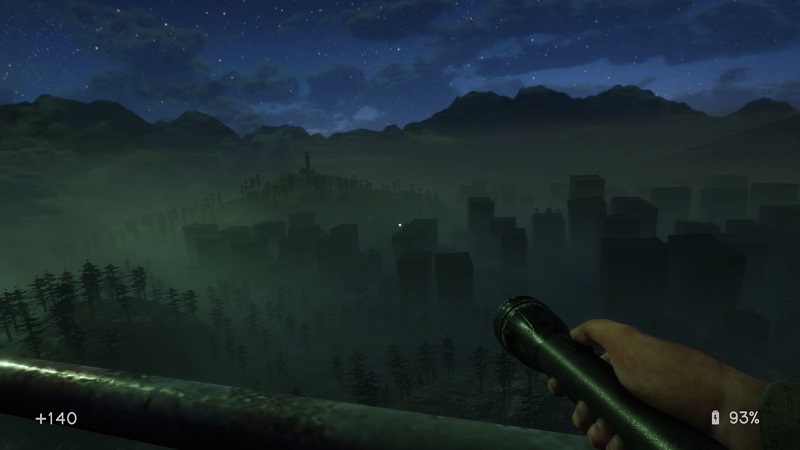
As noted earlier, this is a first-person game, and with it come the problems that most first-person horror games face nowadays, plus a few extra ones that we don’t usually see. One of the closest things I would compare the feel of the gameplay to would be Half-Life or another Source Engine game.
While making games in this engine has been a benefit to many smaller developers trying their hand at game design, it’s very limited and has a very specific feel to it that I don’t think lends itself particularly well to horror games. Even though In Sound Mind was technically made in Unity (which has its own set of problems), it feels more like an antiquated Source game.
The movement feels oddly rigid and strange, and the controls can feel stiff and imprecise, exacerbating the game’s already frustrating platforming segments. Some of the jumps and platforming you encounter during the course of the game would be difficult even with a better third-person range of view, but have an extra layer of difficulty tacked on because of the first-person perspective.
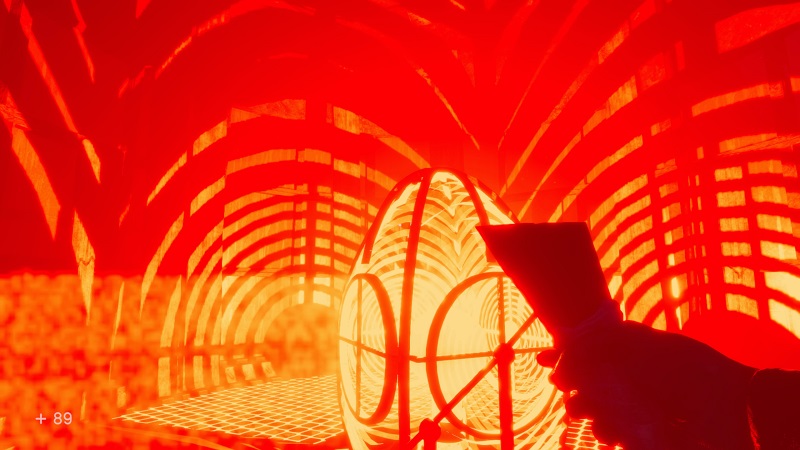
Aesthetically and tonally the game is very polarizing in several ways and never fully commits to what it wants to be, whether that be visually, aurally, or narratively. While the game is described as psychological horror, it only partially executes on this premise. Instead of committing itself to be an effective horror game (which would generally aspire to elicit a feeling of dread in the player), I’d say the word that better describes what In Sound Mind goes for is “mystery.”
The early sections of the game do have a more horror feel to them, but it quickly starts to shift into a strange mix of horror, comedy, mystery, and adventure, trying to meld them all together. It’s only successful at combining these elements together some of the time, with others feeling too inconsistent and jumpy to feel like a cohesive whole.
The visual styles range from dark and gritty settings and elements to colorful, whimsical, and almost psychedelic visuals. These tonal shifts often take you out of a feeling of horror and into what could more accurately just be described as bizarre, even though much of it is visually spectacular.
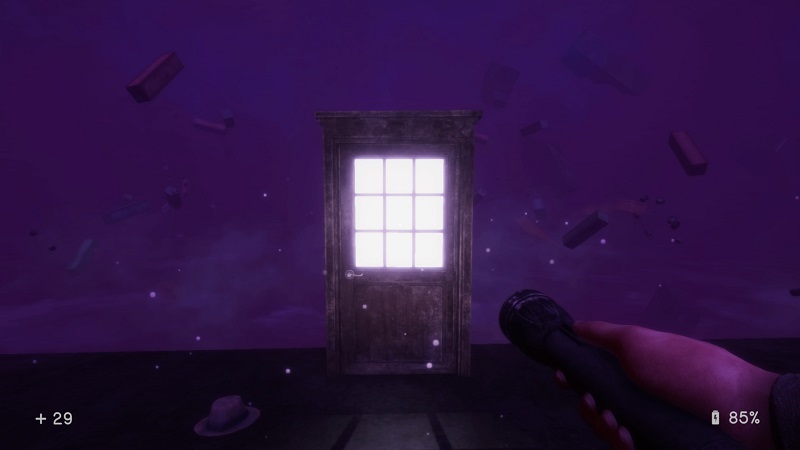
Sound design is another polarizing aspect of what In Sound Mind ends up being. The soundtrack is often filled with dark and ambient pieces that feel appropriate for a horror game, but during enemy encounters, it shifts into a completely different type of music that’s more akin to the recent Doom games, with blasting heavy metal and techno elements.
The game’s soundtrack also features some very strange vocal tracks at certain points that sound like they’re out of a Broadway musical and just send the overall tone sailing off into another planet. These shifts in sound design and tone all just add to the confusing nature of what the game is trying to be and say.
The voice acting is generally exceptional on all sides, aside from a few of Desmond’s lines towards the end feeling a little bit corny, but overall the acting is another highlight of the game. You feel the vast range of emotions the characters are going through, and it’s all conveyed through the performances.
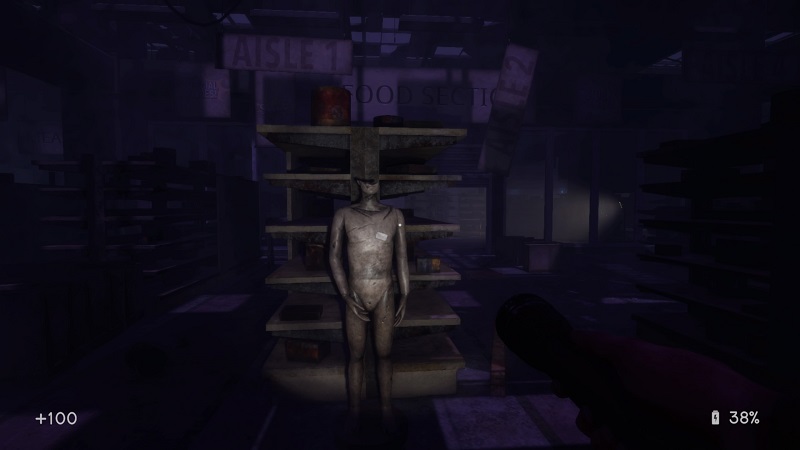
The PlayStation 5 version of the game was tested for this review and while it performed decently as far as framerates and resolution go, it wasn’t without a few hiccups and crashes here and there. Playing with a controller worked well enough in general, but often became a bit of a hindrance during certain sections due to floaty movement, even though the controls weren’t technically unresponsive.
The length and pacing of the game do have some issues and it can definitely feel like the game’s overstaying its welcome or becoming a little bit of a chore to finish each section, but it never gets too extreme. It will likely take around 10-12 hours for your first playthrough, depending on how much of the optional item hunting you do. The game definitely could’ve benefitted from some tightening of the narrative to make each world just a little bit shorter and concise.
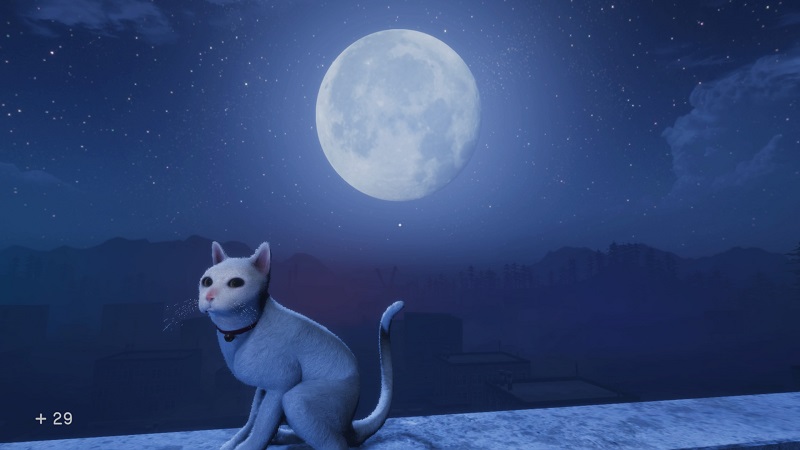 While In Sound Mind is an impressive effort and there’s a lot to love about it, not the least of which being that it was created by a small team, it’s still a bit of a hard sell at a $35-40 price tag. The game does stand out among its peers with its unabashed weirdness and inconsistency, but it fails to fully captivate as a whole. With a few changes here and there, I could see a sequel being very impressive, which the story leaves room for.
While In Sound Mind is an impressive effort and there’s a lot to love about it, not the least of which being that it was created by a small team, it’s still a bit of a hard sell at a $35-40 price tag. The game does stand out among its peers with its unabashed weirdness and inconsistency, but it fails to fully captivate as a whole. With a few changes here and there, I could see a sequel being very impressive, which the story leaves room for.
With a little more consistency and commitment to a solid theme or style, In Sound Mind could have been an exceptional title, but its shortcomings hold it back in some strange ways. Die-hard horror fans may find some enjoyment, but many will find it disappointing. I don’t regret playing it, by any means, but it’s definitely not for everyone.
 (6.5 / 10)
(6.5 / 10)
Above Average
 (6.5 / 10)
(6.5 / 10)A review code for In Sound Mind was provided by the publisher.

 IDOLxISxDEAD
IDOLxISxDEAD
